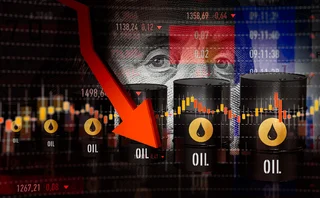Oil rout roils E&P and airline hedging strategies
Price dive rewards producers with cautious risk management practices

It may be a distant memory now, but for nearly four years, peace and quiet reigned in the oil market. From 2011 up until September of last year, benchmark North Sea Brent crude oil hovered in a price range of roughly $100 per barrel (/bbl) to $120/bbl. Bank commodity desks complained that hedging activity was sluggish, as exploration and production (E&P) firms and other clients were lulled into complacency by a range-bound market. Hedge funds suffered from a lack of trading opportunities, and
More on Oil & refined products
Energy Risk Europe Leaders’ Network: geopolitical risk
Energy Risk’s European Leaders’ Network had its first meeting in November to discuss the risks posed to energy firms by recent geopolitical developments
US shutdown leaves commodity traders without key data
Commodity traders are ‘flying blind’ without Commitment of Traders reports
Energy Risk at 30: Learning from the past
Energy Risk looks back at the seminal events and developments that have shaped today’s energy markets
Why Iran tensions failed to rattle markets
Despite initial fears, traders say risks were signposted and investors had deleveraged after April
Oil and products house of the year: Macquarie Group
Energy Risk Awards: Bank pioneers innovative deals in illiquid markets, taking on esoteric risk
Podcast: should negative oil prices be allowed?
Did negative oil prices signify the market was operating effectively, or that something was wrong?
Podcast: the future of retail investment in oil
Will negative prices and big losses curb retail investors’ appetite for oil futures over the longer term?
Podcast: Kaminski and Ronn on negative oil and options pricing
The market is gravitating to the Bachelier model as an alternative to Black 76







